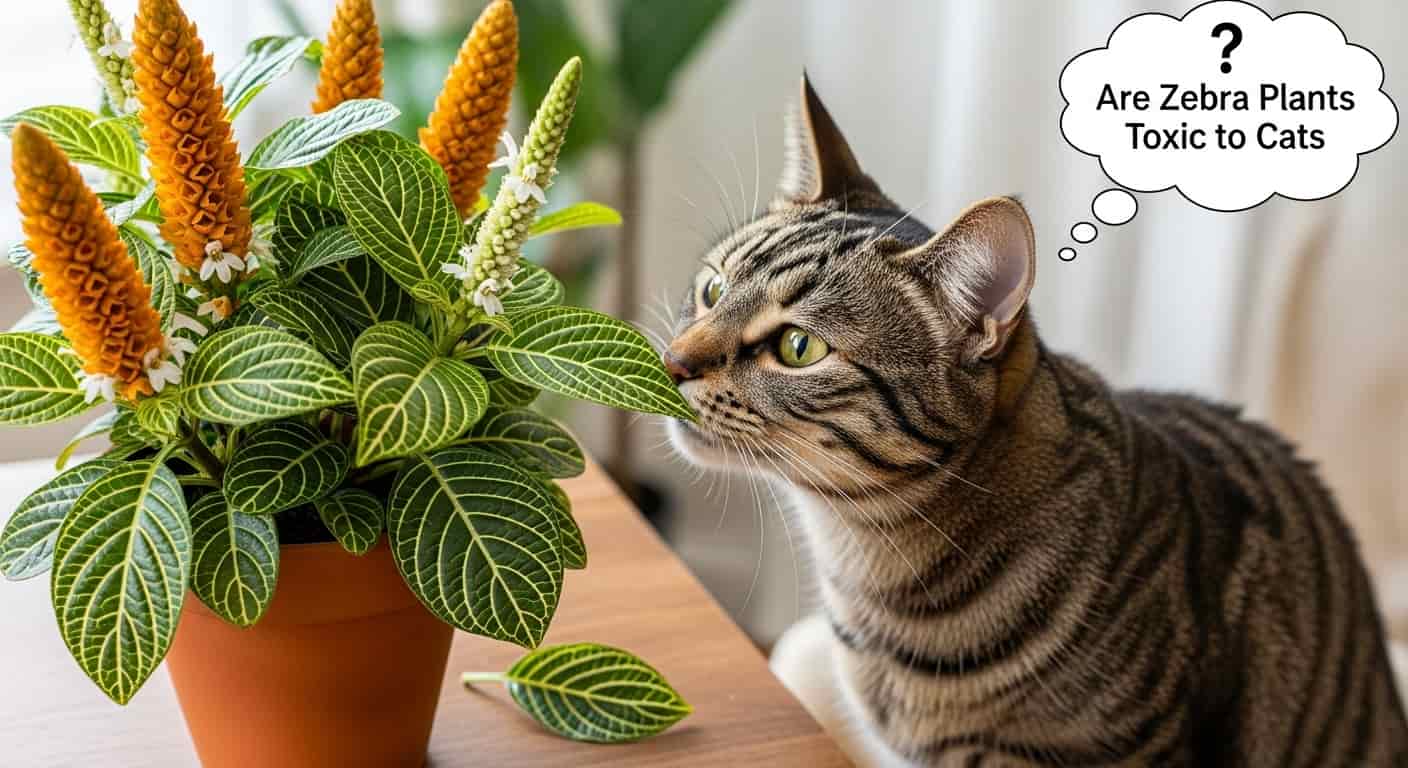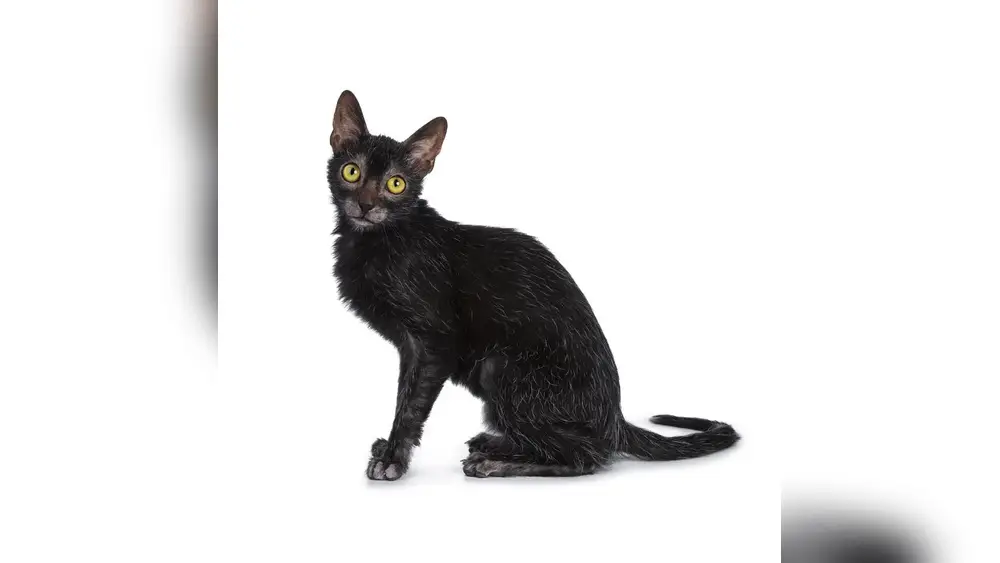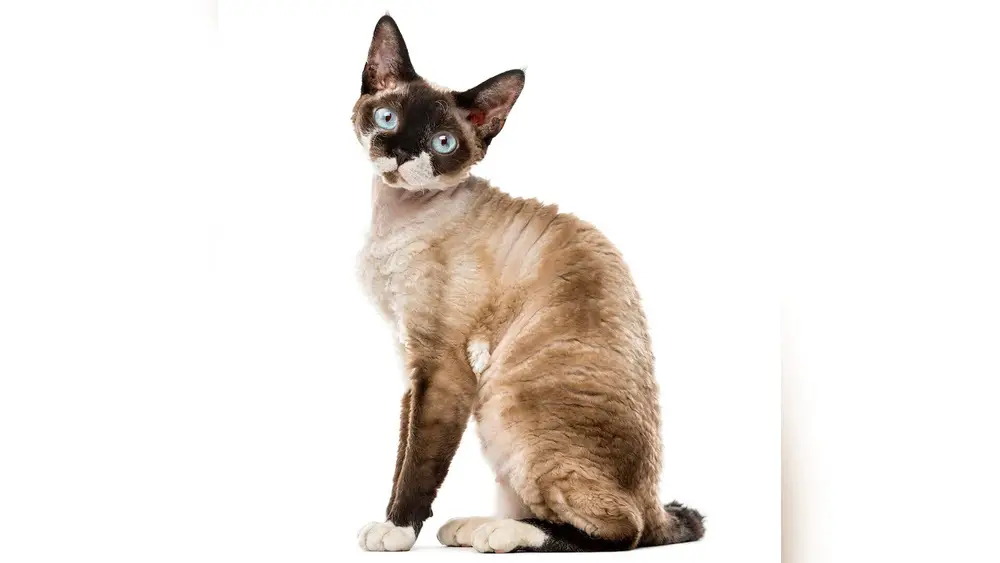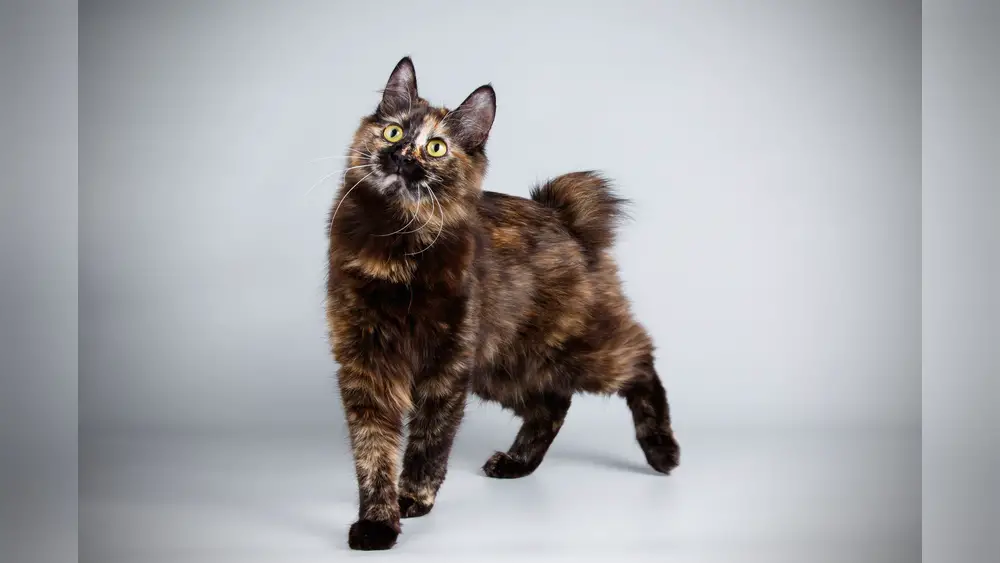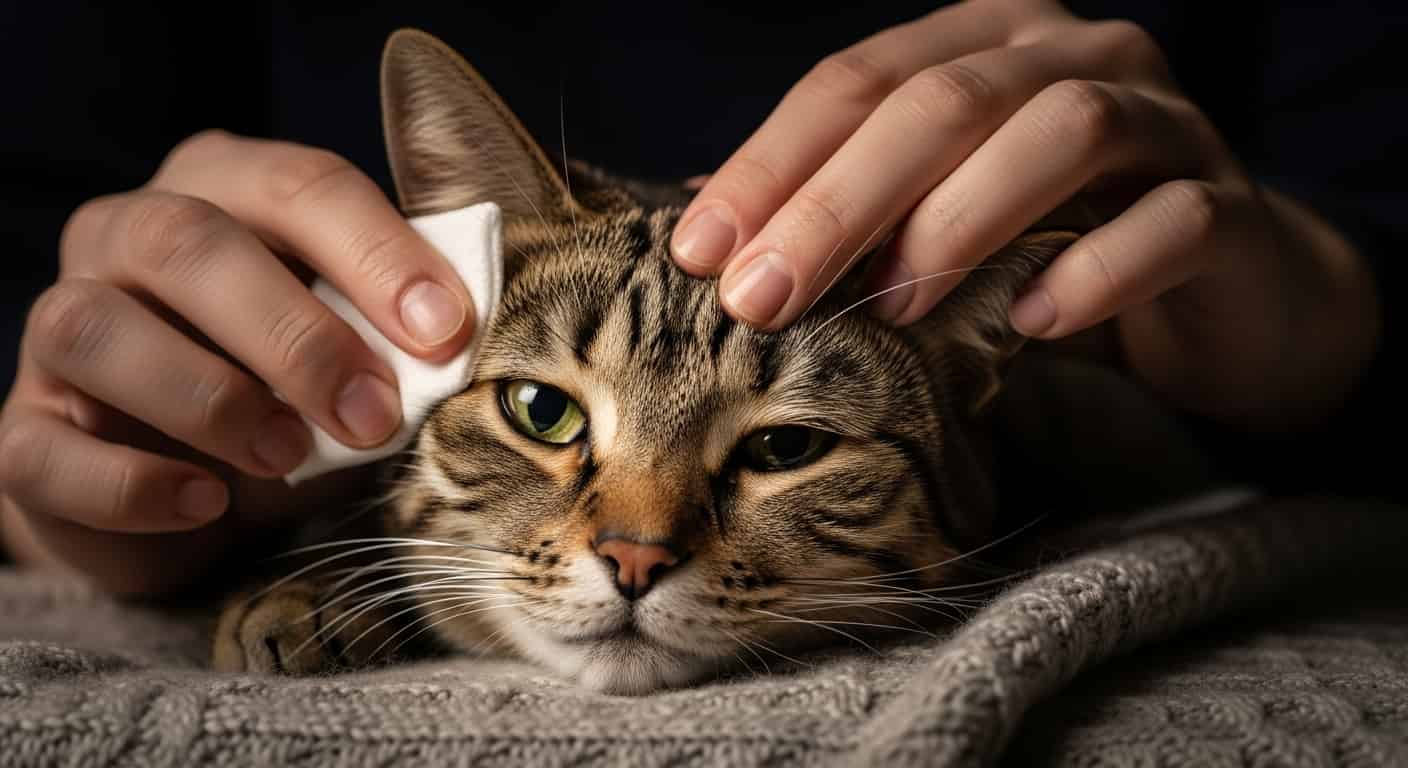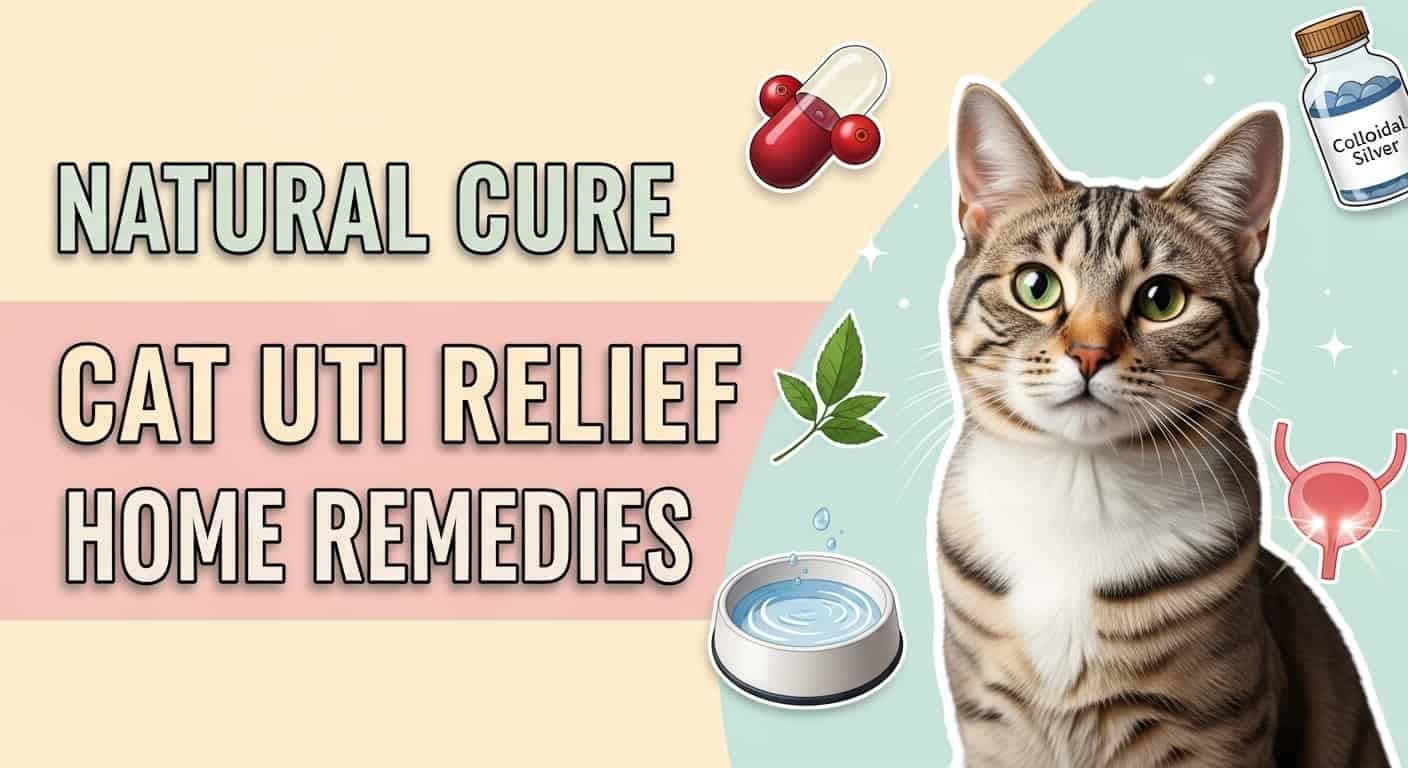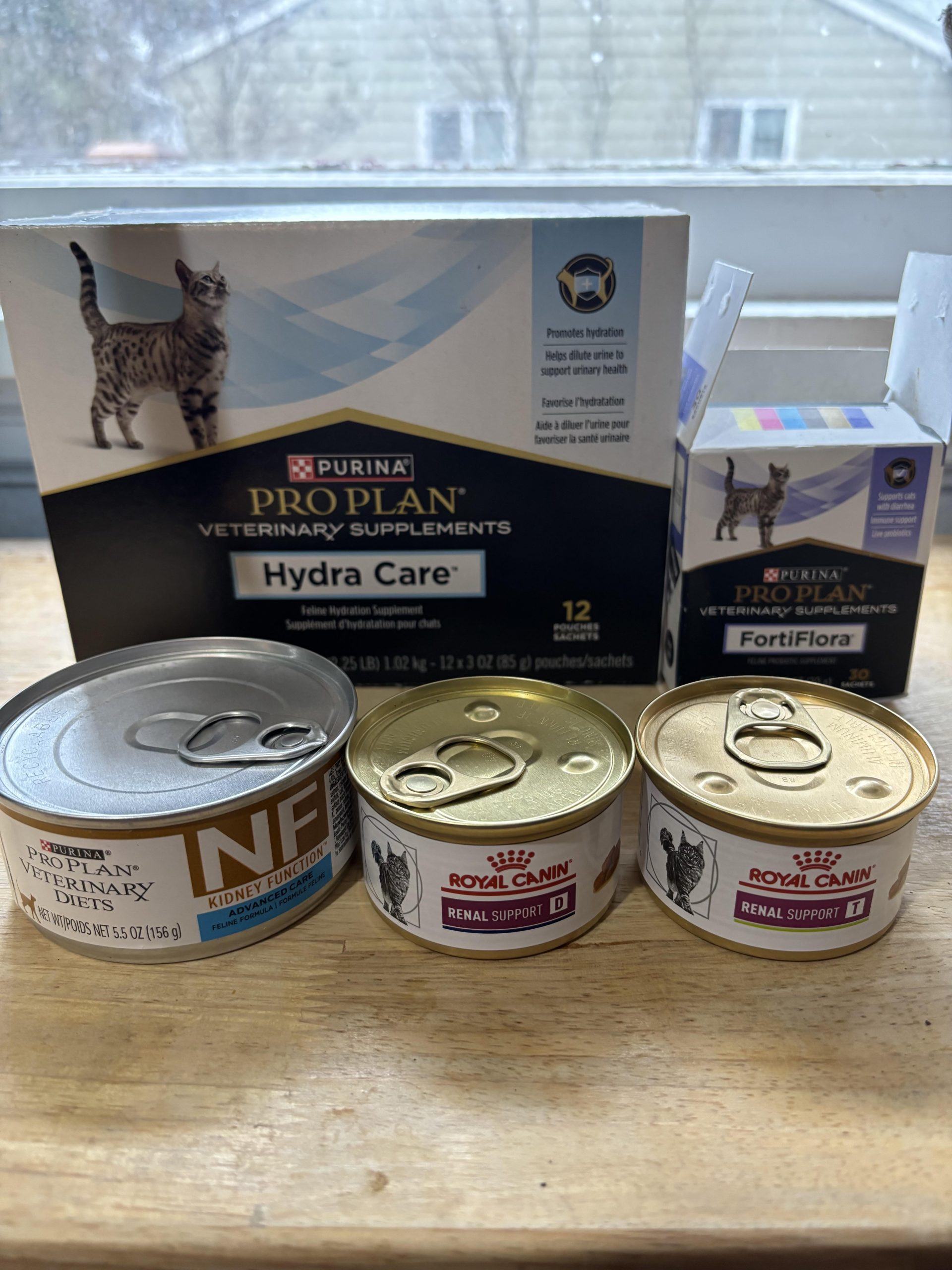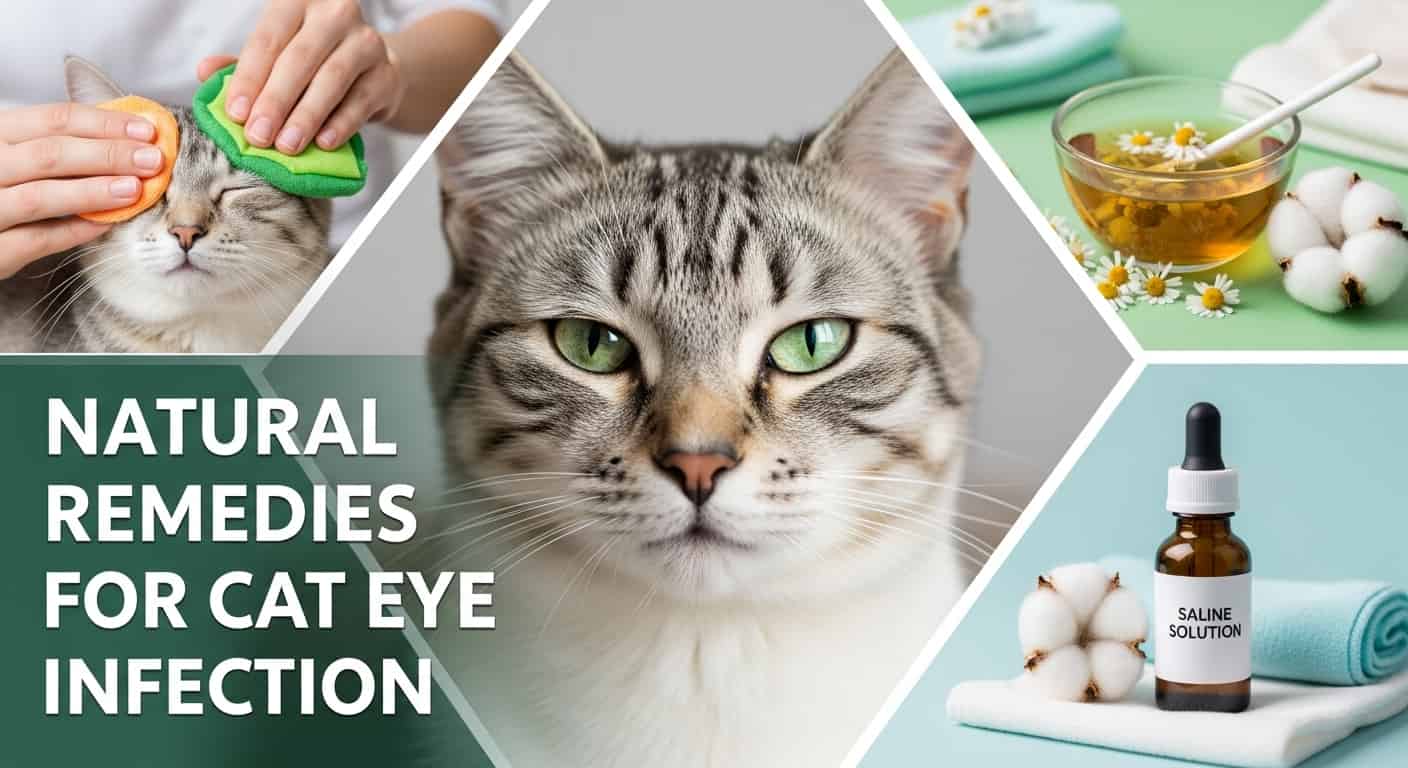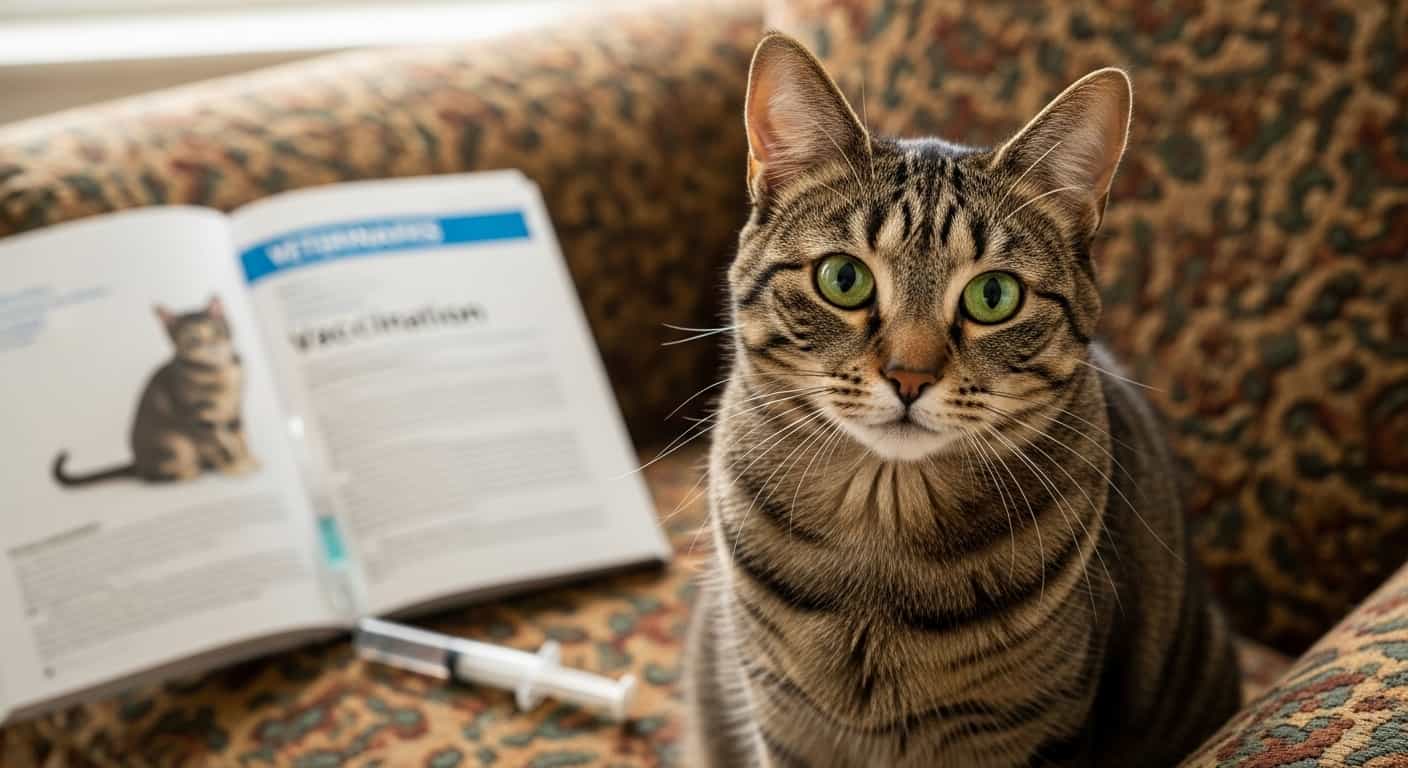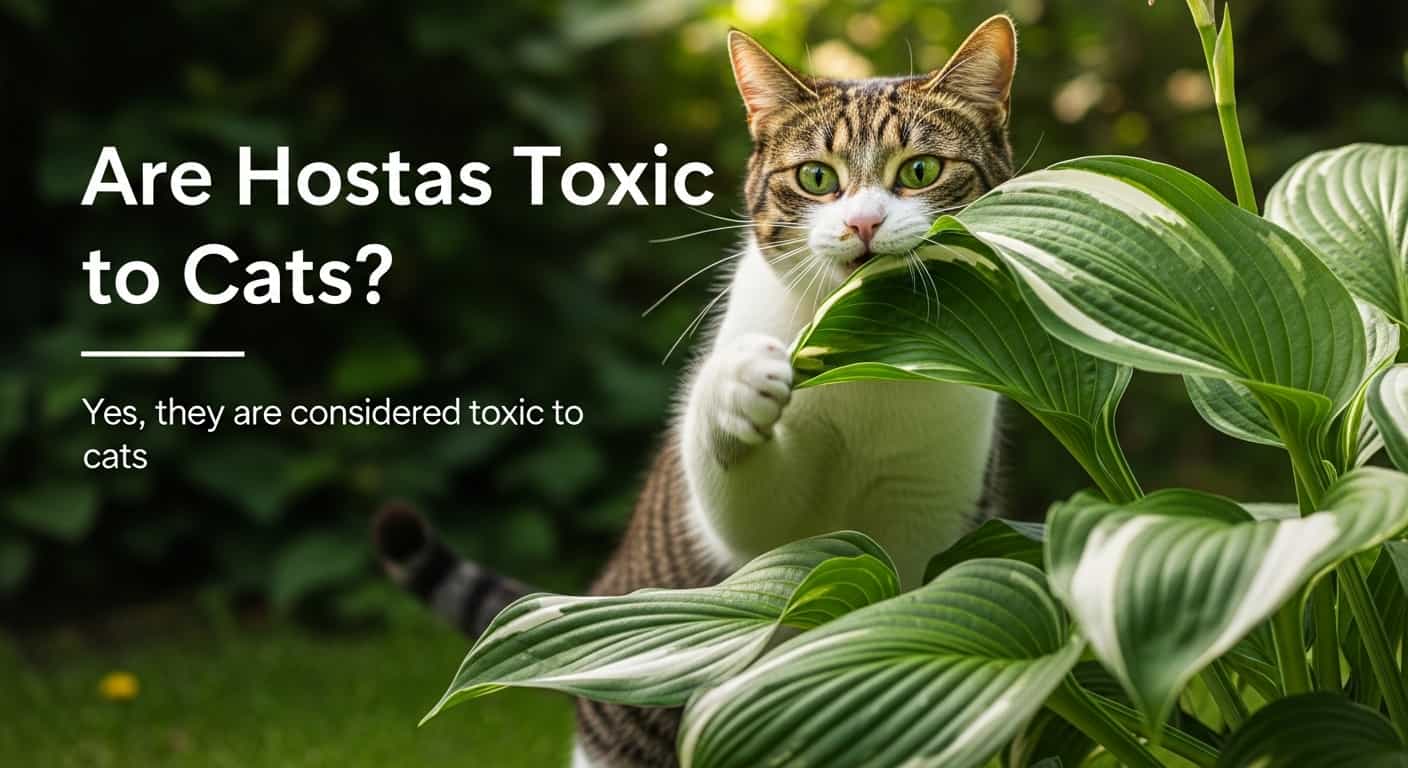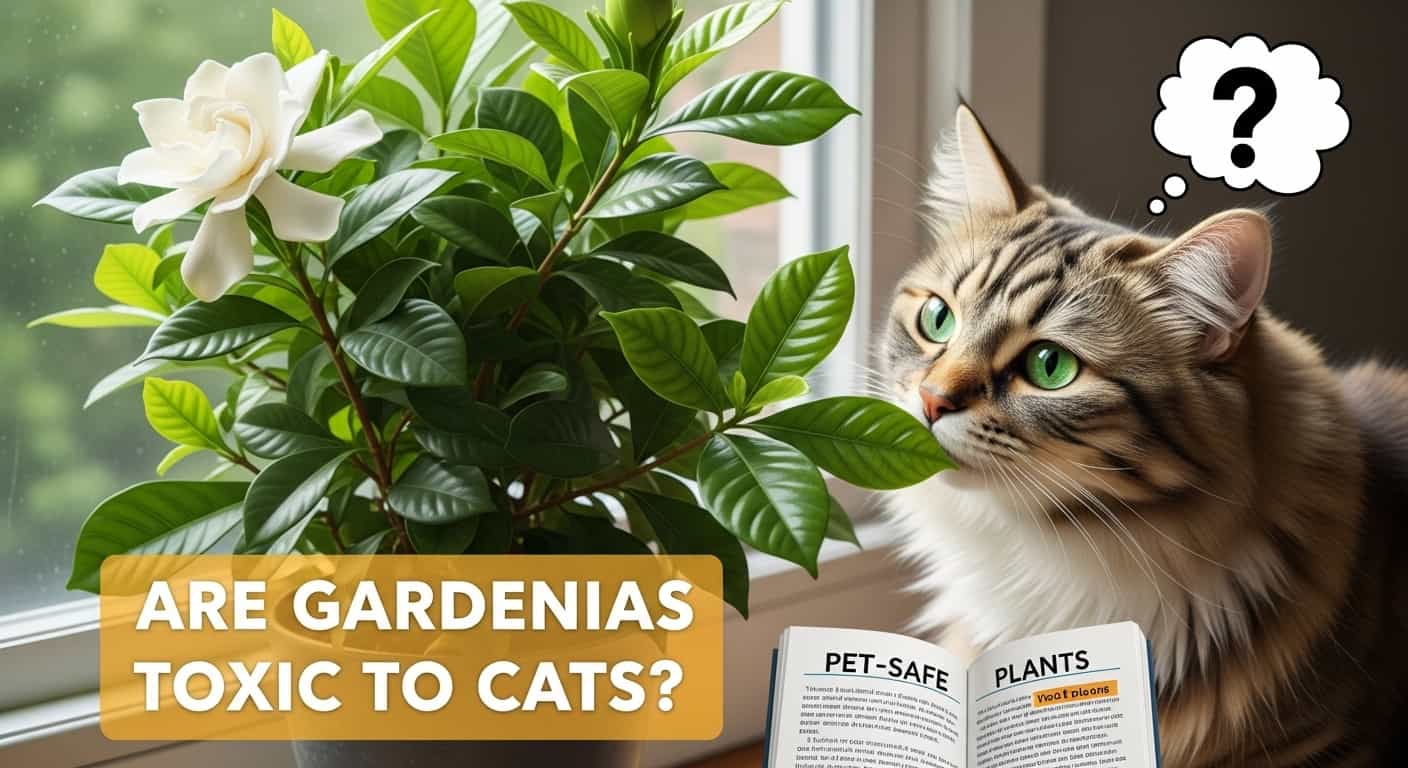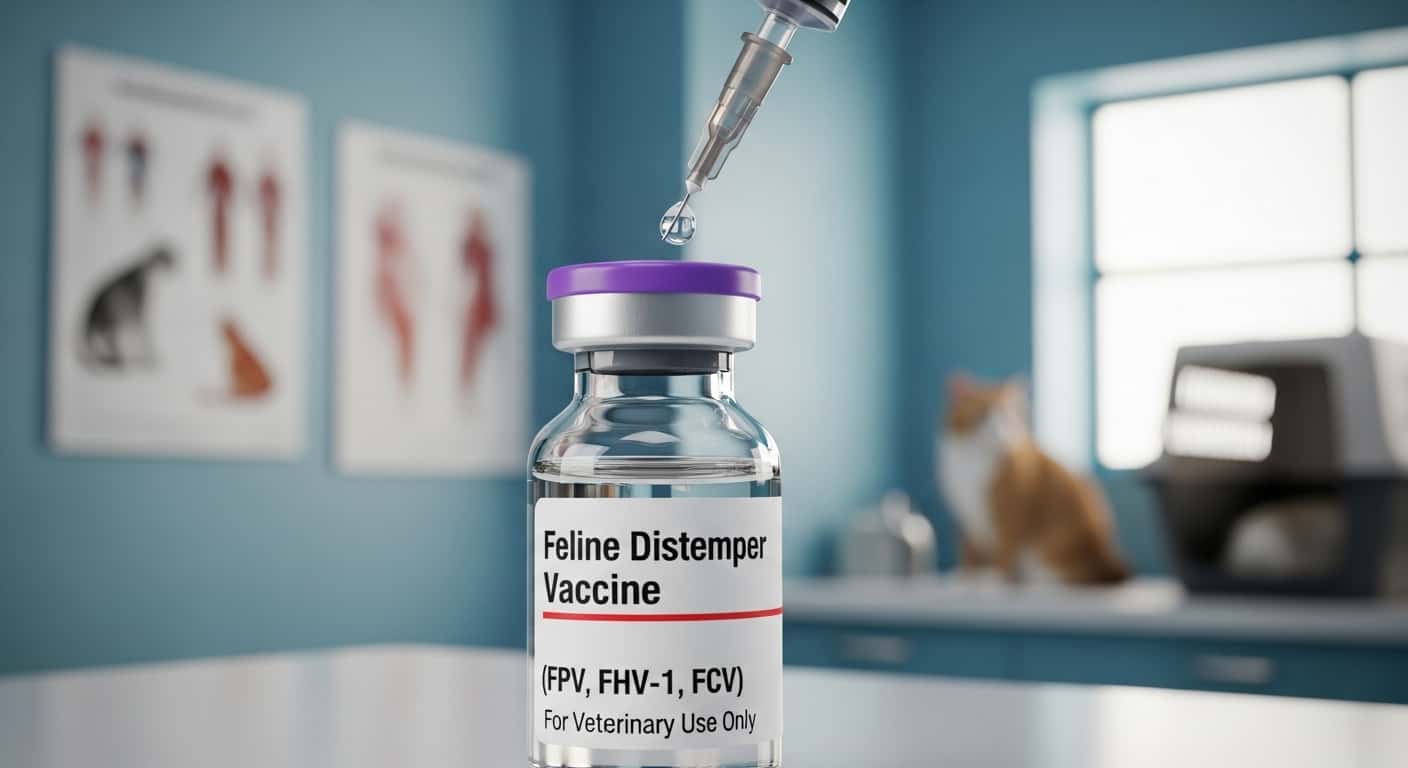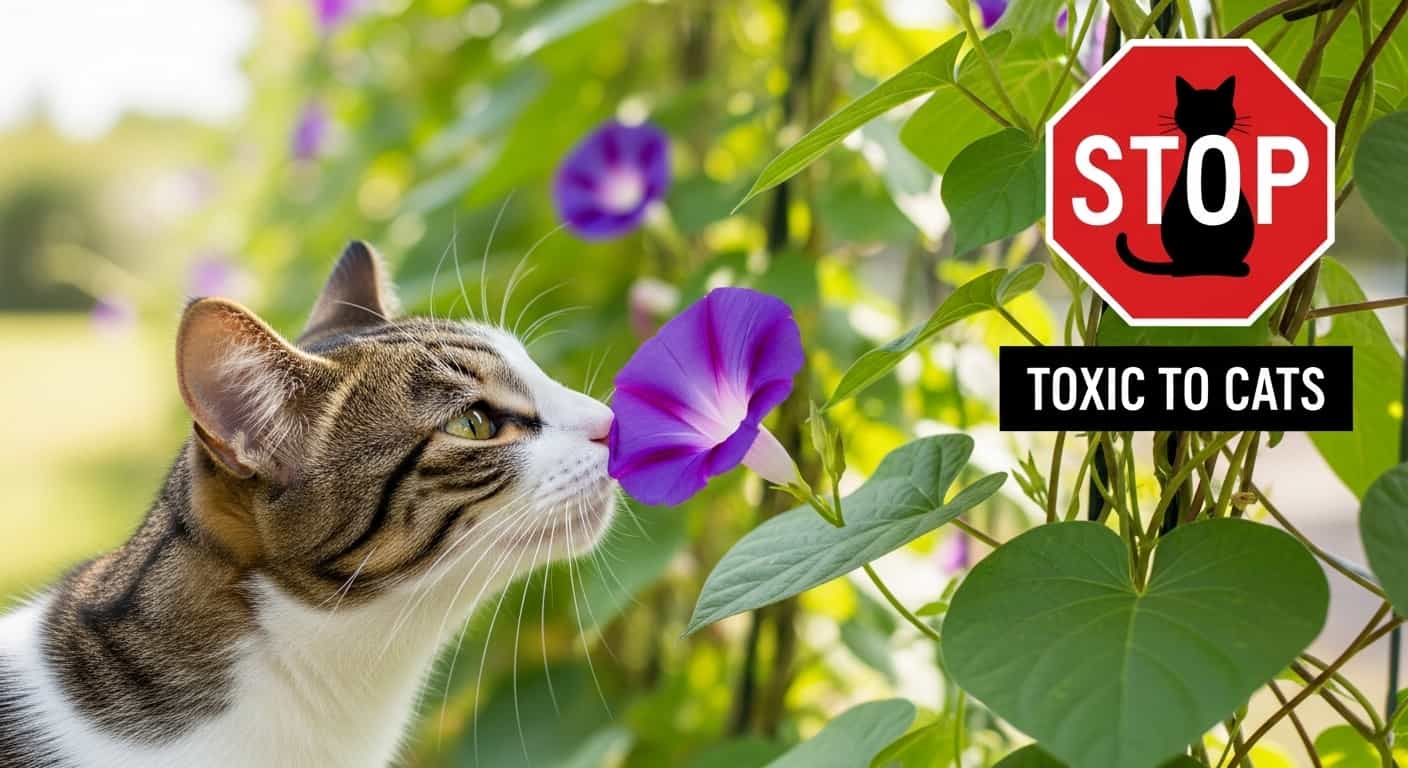If you’re a cat owner and a plant lover, you might find yourself in a tricky situation. You want to fill your home with lush greenery, but your furry friend seems to have a knack for nibbling on anything in sight.
Table of Contents
ToggleAmong the many plants that might catch your eye, the Zebra Plant stands out with its striking appearance. But before you introduce this plant into your home, there’s a critical question to answer: Are Zebra Plants toxic to cats? Imagine your cat roaming freely, brushing against leaves, or chewing on a stem when you’re not looking.
This scenario might be more common than you think, and it’s essential to know how safe your plants are for your beloved pet. Your cat’s health and safety depend on the choices you make, and understanding the potential risks of the Zebra Plant is vital. You’ll discover whether the Zebra Plant poses any threat to your feline friend. Uncover the facts and gain peace of mind, knowing you’ve made informed decisions about your home’s greenery. Let’s ensure your cat’s well-being while keeping your love for plants alive. Keep reading to find out everything you need to know.
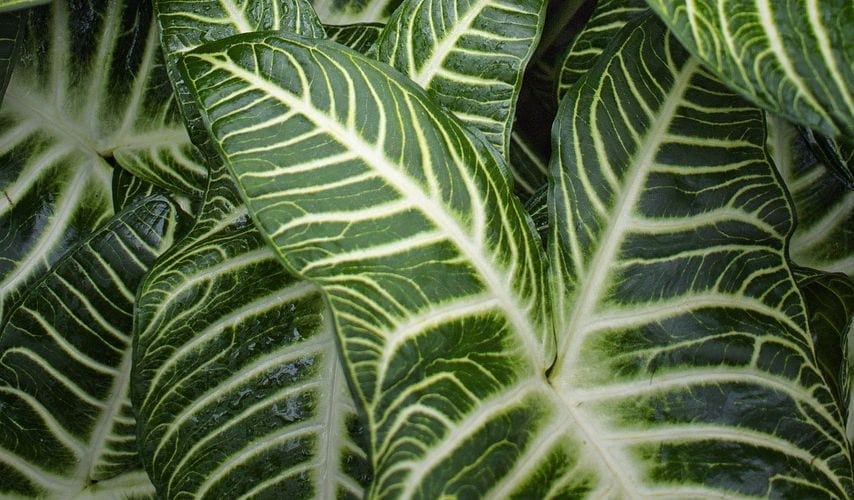
Credit: articles.hepper.com
Zebra Plant Characteristics
Zebra plants are popular for their striking leaves. Yet, they’re toxic to cats if ingested. Keep these plants out of reach to ensure your cat’s safety.
Understanding the characteristics of zebra plants can help you decide if they’re a fit for your home, especially if you have a curious feline friend. These beautiful plants, known for their striking appearance, can add a touch of the exotic to your indoor space. But before you bring one home, it’s essential to know what makes them unique.Physical Appearance
Zebra plants, scientifically known as Aphelandra squarrosa, are recognized for their striking leaf patterns. Their dark green leaves are adorned with bright white veins, resembling the stripes of a zebra. This contrast creates a bold visual effect, making them a popular choice among plant enthusiasts. These plants usually grow up to 1-2 feet tall indoors. Their broad leaves can reach up to 9 inches long, providing a lush, tropical vibe. If you’ve ever wanted a piece of the rainforest in your living room, this might be the plant for you.Here's a related post that you might find useful. Cat Swollen Eye Treatment at Home: Easy Remedies for Quick Relief
Common Varieties
While Aphelandra squarrosa is the most recognized zebra plant, there are a few other varieties that might catch your eye. The ‘Louisae’ is known for its slightly smaller leaves and more delicate appearance. It’s perfect if you’re looking for something a bit different yet still striking. Another variety, Calathea zebrina, is often confused with the zebra plant due to its similar striping. However, this plant belongs to a different family and requires different care. Always check the botanical name to ensure you’re getting the right plant for your home. Have you ever mixed up plant types because of their similar looks? It’s a common issue for many plant lovers. Ensuring you know which variety you’re dealing with can prevent care mishaps and keep your plants thriving. Choosing the right zebra plant for your home depends not just on aesthetics but also on the specific care each variety requires. Which one will you choose to complement your living space?
Credit: www.reddit.com
Toxicity Levels In Zebra Plants
As a cat owner, you might often find yourself wondering if your houseplants are safe for your furry friends. Zebra plants, with their striking foliage, are popular choices for indoor decoration. But are they safe for your cat? Understanding the toxicity levels of zebra plants is crucial for maintaining a pet-friendly environment.
Potential Harmful Components
Zebra plants belong to the Aphelandra genus. While they are primarily grown for ornamental purposes, some components can pose a threat to cats. The sap of zebra plants contains chemicals that might irritate your cat’s mouth and digestive system. If your curious kitty decides to munch on these leaves, you might notice symptoms like drooling, vomiting, or a lack of appetite.
It’s not just about irritation. Zebra plants have compounds that could cause discomfort or mild poisoning. But how do you know if your cat is affected? Keep an eye out for behavioral changes. A lethargic or unusually quiet cat might be trying to tell you something.
Here's a related post that you might find useful. Natural Cure for Cat Bladder Infection: Effective Remedies That Work
Comparison With Other Houseplants
When considering houseplants for your home, it’s helpful to compare their toxicity levels. Zebra plants are less toxic compared to other common houseplants like lilies or philodendrons, which can be extremely dangerous for cats. While zebra plants can cause mild irritation, lilies, for example, can lead to severe kidney failure if ingested.
Think about the plants you already have. Are they safe for your cats? If you’re looking for alternatives, consider cat-friendly plants like spider plants or Boston ferns. These are generally non-toxic and can coexist peacefully with your pets.
It’s important to weigh the pros and cons of each plant. Are the beauty and aesthetic value of zebra plants worth the risk? Perhaps placing them in areas less accessible to your cats could be a compromise.
Have you ever caught your cat nibbling on a plant and worried about the consequences? Share your stories and tips in the comments below. Your experiences could help fellow cat owners make informed decisions about their houseplants.
Effects On Cats
When you share your home with a curious cat, every plant in your house becomes a potential target for their exploration. If you’re a fan of the lush, striped foliage of zebra plants, knowing the effects on your feline friend is crucial. You might be surprised to learn that zebra plants, though beautiful, can pose risks to your pet. Let’s delve into the specifics of what happens if your cat decides to nibble on this striking greenery.
Symptoms Of Ingestion
Imagine coming home to find your zebra plant looking a bit worse for wear, and your cat acting out of sorts. Signs of ingestion can include drooling, vomiting, or a lack of appetite. You might notice your cat pawing at their mouth or looking uncomfortable.
It’s essential to keep an eye on these symptoms. Cats are natural explorers, and sometimes their curiosity leads them to taste things they shouldn’t. If you notice any of these signs, it could indicate your cat has had a bite of your zebra plant.
Immediate And Long-term Health Risks
Immediate risks are often linked to digestive upset. Your cat may experience nausea or even diarrhea. These symptoms, while concerning, usually pass with time, but they require your attention.
However, repeated exposure or larger amounts can lead to more serious issues. Long-term risks might include liver damage or other internal complications. It’s rare, but possible, especially if your cat has a habit of sampling your indoor plants regularly.
Consider this: how often does your cat show interest in your plants? Regular monitoring and perhaps relocating your zebra plant to a less accessible area can be an easy step to protect your furry friend. What measures will you take to ensure your home remains a safe haven for your pet?
By understanding the risks, you can make informed decisions. Your cat’s health is a priority, and ensuring their environment is safe contributes to their overall well-being.
Preventive Measures
Zebra plants are safe for cats, posing no toxic risk. Yet, keeping plants out of reach prevents accidental ingestion. Cats may still nibble out of curiosity, so a little caution goes a long way.
Preventive Measures Ensuring your feline friend stays safe around houseplants is crucial if you’re a cat owner. Zebra plants, while beautiful, pose a potential risk to your curious kitty. Understanding preventive measures can help you maintain a harmonious home for both your plants and pets. Let’s dive into some actionable steps you can take.Safe Plant Alternatives
If you’re worried about zebra plants, why not consider some cat-friendly alternatives? Spider plants are a great choice. They are non-toxic to cats and add a touch of green to your decor. Bamboo palms also make an excellent addition. Not only are they safe, but they also purify the air. Do some research before purchasing any plant. Ensure it’s safe for your furry companion.Creating A Cat-friendly Environment
Cats are naturally curious. Creating an environment that satisfies their curiosity without harm is key. Elevate your plants to places your cat can’t reach. Shelving or hanging baskets can be stylish solutions. Ensure your cat has plenty of distractions. A scratching post or interactive toys can keep them entertained and away from your plants. Consider dedicating a window spot for your cat. A perch with a view can provide hours of entertainment and relaxation. Have you ever caught your cat nibbling on your favorite plant? Share these preventive measures with other cat lovers. Protecting your pet while enjoying your favorite greenery is possible with a bit of planning.Steps To Take If Ingestion Occurs
If your cat ingests a zebra plant, quick action is crucial. Zebra plants contain toxins that can harm cats. Understanding what steps to take can protect your pet’s health.
Immediate Actions
Quickly remove any remaining plant pieces from your cat’s mouth. This prevents further ingestion and reduces toxin exposure. Observe your cat for any unusual symptoms like vomiting or diarrhea. If symptoms appear, focus on keeping your pet calm and comfortable.
Provide fresh water for your cat. Hydration helps flush out toxins from their system. Monitor your cat’s behavior closely. Signs of distress or unusual behavior can indicate a serious issue.
Consulting A Veterinarian
Contact your veterinarian immediately. Share details about the ingested plant. The vet can offer advice based on your cat’s condition. Follow their instructions carefully.
If instructed, bring your cat to the vet clinic. Professional treatment may be necessary. Early intervention can make a significant difference in recovery.
Discuss preventive measures with your vet. They can suggest safe plants for your home. Keeping harmful plants away ensures your cat’s safety.

Credit: imfelinefab.com
Expert Opinions And Studies
Zebra plants, known for their striking foliage, are generally considered non-toxic to cats. Most expert studies agree. Pet owners can safely keep these plants without worrying about their feline companions. Always consult a vet for any concerns.
When you bring a new plant into your home, you might find yourself wondering about its safety for your furry friends. Are zebra plants toxic to cats? This question has puzzled many cat owners, prompting experts to weigh in with their opinions and research findings. Understanding these insights can help ensure a harmonious coexistence between your indoor greenery and your feline companions.Veterinary Insights
Veterinarians often stress the importance of knowing which plants are safe for your pets. Zebra plants, scientifically known as Aphelandra squarrosa, have been a topic of discussion. Some vets suggest that while zebra plants are not highly toxic, they can cause mild irritation if a cat ingests them. Have you ever noticed your cat nibbling on leaves out of curiosity? It’s crucial to remember that even non-toxic plants might lead to digestive discomfort. Always observe your pet for any unusual behavior when a new plant is around.Scientific Research Findings
Research in veterinary science provides a deeper understanding of plant toxicity. Studies have shown that some compounds found in zebra plants can lead to minor stomach upset in cats. Yet, these effects are generally not severe, providing some peace of mind for pet owners. Consider placing your zebra plant in a spot less accessible to your cat. This simple step can prevent unwanted munching and potential tummy troubles. What measures do you take to protect your pets from plant-related mishaps? Both expert opinions and scientific research offer valuable insights into the relationship between zebra plants and cats. By staying informed, you can create a safe and enjoyable environment for both your pets and plants. Are there any other plants you’re curious about?Frequently Asked Questions
Are Zebra Plants Safe For Cats?
Zebra plants are mildly toxic to cats. If ingested, they may cause mild digestive upset. Symptoms can include drooling, vomiting, and lethargy. It’s best to keep zebra plants out of reach of curious cats to prevent any potential health issues.
Always consult a vet if ingestion occurs.
What Symptoms Do Cats Show If Poisoned?
Cats may drool, vomit, or appear lethargic if poisoned by zebra plants. Other symptoms include loss of appetite and diarrhea. If you notice these signs, contact your vet immediately. Early intervention can prevent serious health issues and ensure your cat’s safety.
How Do I Keep My Cat Away From Zebra Plants?
Place zebra plants in areas inaccessible to cats. Use deterrents like citrus peels or motion-activated sprays. Training your cat to avoid certain areas can also be effective. Providing alternative cat-friendly plants can distract them from harmful ones. Always supervise curious cats around houseplants.
Are There Cat-safe Alternatives To Zebra Plants?
Yes, consider cat-safe plants like spider plants or Boston ferns. These plants are non-toxic and safe for feline friends. They also add greenery to your home without posing a risk. Always research plant safety before introducing new greenery to cat households.
Conclusion
Zebra plants look beautiful but can harm cats. Their leaves contain calcium oxalate crystals. These can irritate your cat’s mouth and stomach. Symptoms may include drooling, vomiting, or pawing at the mouth. Always keep zebra plants out of your cat’s reach.
Consider safer plant options for your home. Pet-friendly plants include spider plants and Boston ferns. Your cat’s health should come first. Observe your pet closely for any unusual behavior. Contact your vet if you suspect poisoning. Keeping your home safe for cats is crucial.
Make informed plant choices and ensure a healthy environment.

